Replacing a legend of any sort is a tall order. But when the legend in question is Chevrolet’s celebrated small block V8 engine (which ran from 1954 to 2003 in Gen 1 and Gen 2 forms, powering everything from Corvettes to pick-ups) then any engine family attempting to replace it has enormous boots to fill.
Of course, efficiency expectations and tailpipe emissions wait for no man and, eventually, Chevrolet needed a replacement for the original small block that tackled those issues head on. The result was the LS family of engines.
Production of the small block and the LS range actually overlapped for a few years (mainly in the US) with the first LS variant arriving in 1997.
Also known as the Gen 3 engine, that tag was coined to differentiate the new V8 from the Gen 1 and Gen 2 small blocks of the earlier design.
A modular engine family, the LS V8 is available in both aluminium and cast iron crankcase forms, a variety of displacements and in both naturally aspirated and supercharged layouts.
Like the original small block Chevy V8, the LS has gone on to power millions of cars across many different GM brands including cars and light commercial vehicles.
In Australia, we’ve been restricted (in a factory sense) to the alloy version of the LS in Holden-badged products, HSV cars as well as the latter-day Chevrolet Camaro.
.jpg)
Along that journey, Australian Holdens have been fitted with the first LS1 version with its 5.7 litre displacement, starting with the VT Series 2 of 1999 which boasted 220kW and 446Nm of torque at a relatively high 4400rpm.
The VX Commodore in V8 form also used the LS1 with a small power bump to 225kW and 460Nm. Holden continued with the same engine for its SS and V8 models as the Commodore moved through VY and VZ models, with power eventually maxing out at 250kW and 470Nm.

The very last of the VZ Commodores also ushered in the L76 version of the LS engine which was a full 6.0 litres in capacity and provided a slight increase in power to 260kW, but a bigger torque increase to 510Nm.
Closely related to what’s also known as the LS2 engine, the L76 was a true workhorse version of the LS concept. The all-new VE Commodore (and Calais) V8 stuck with the L76, but the Series 2 VE and the first series of the last Australian-made Commodore, the VF, switched to the L77 which was essentially the L76 with flex-fuel capability.
The very last VF Series 2 V8s switched to the 6.2-litre LS3 engine (previously restricted to HSV models) with 304kW and 570Nm of torque. With a bi-model exhaust and close attention to detail, these LS3-powered Commodores have become very collectible.
.jpg)
Over at Holden Special Vehicles, meanwhile, the LS family engine had also powered the Commodore-based product since 1999, with a switch to the 6.0-litre L76 for the VZ-based cars in 2004 and then to the 6.2-litre LS3 for the E-Series cars from 2008.
HSV flexed its muscles for a last-hurrah of its Gen-F cars with the Series 2 version adopting the supercharged LSA engine with 6.2 litres and no less than 400kW and 671Nm.
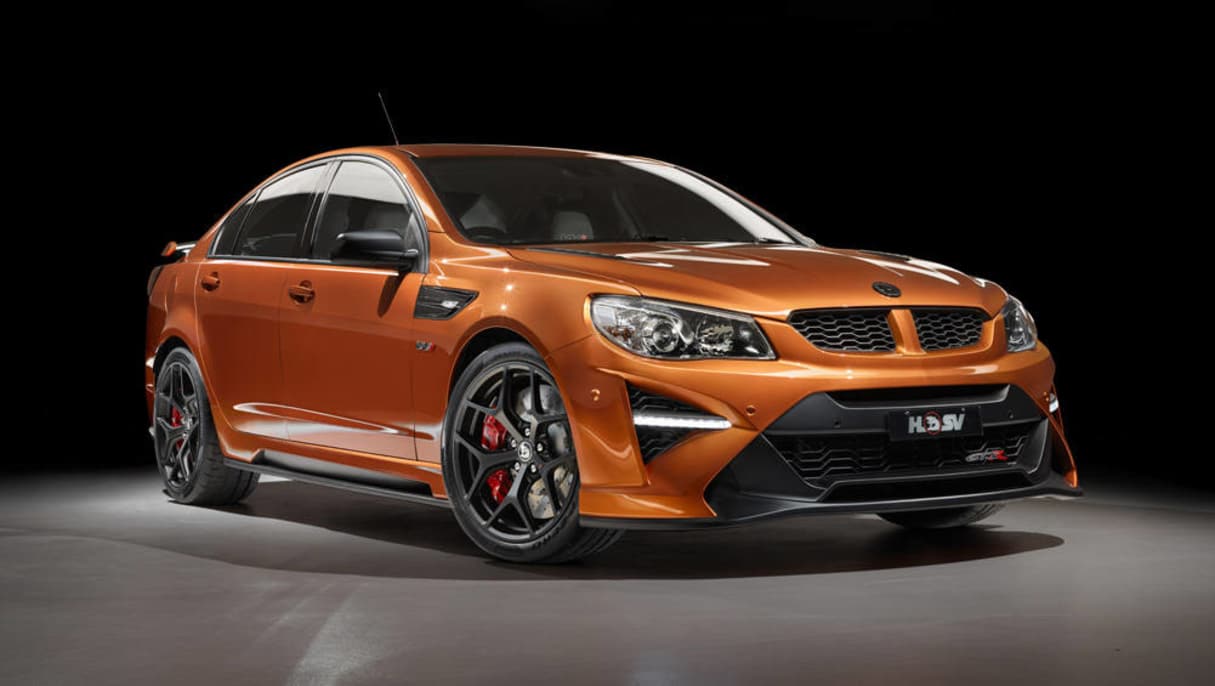
But that wasn’t the ultimate HSV, and the limited-build GTSR W1 used a hand-built version of the LS9 engine with a 6.2-litre capacity, 2.3-litre supercharger, titanium con-rods and dry-sump lubrication. The end result was 474kW of power and 815Nm of torque.
Left-field LS engines to see duty in Australia included a Callaway (USA) modified 5.7 litre making 300kW for a specially optioned version of the HSV in VX form, and the still-born HRT 427 race-car which used a 7.0-litre LS7 engine in normally aspirated form and of which just two prototypes were built before the project was scrapped, ostensibly, on budgetary grounds.
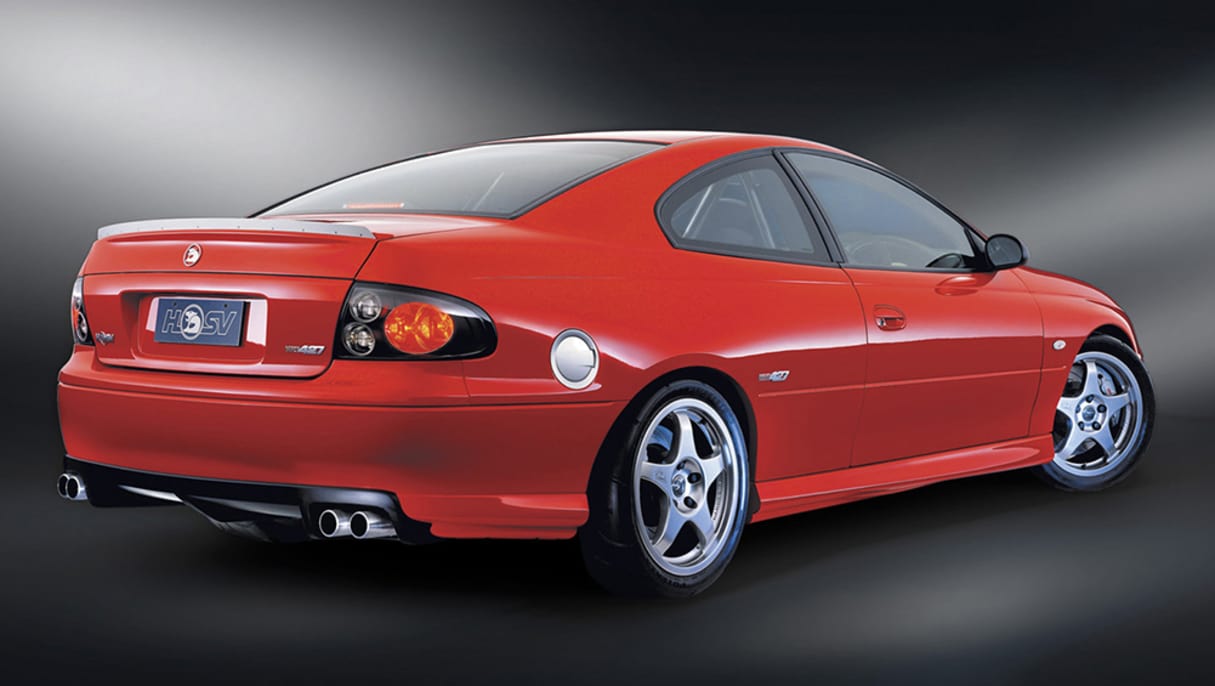
Plenty of other LS derivatives, such as the LS6 which was reserved for Stateside Corvettes and Cadillacs, as well as the cast-iron truck-based LS versions exist, but never made it to this market.
To know exactly what you’re dealing with (and it can be tricky as many LS engine variants have been imported here privately) find an online LS engine number decoder which will tell you what variant of LS you’re looking at.
What’s so good about the LS?
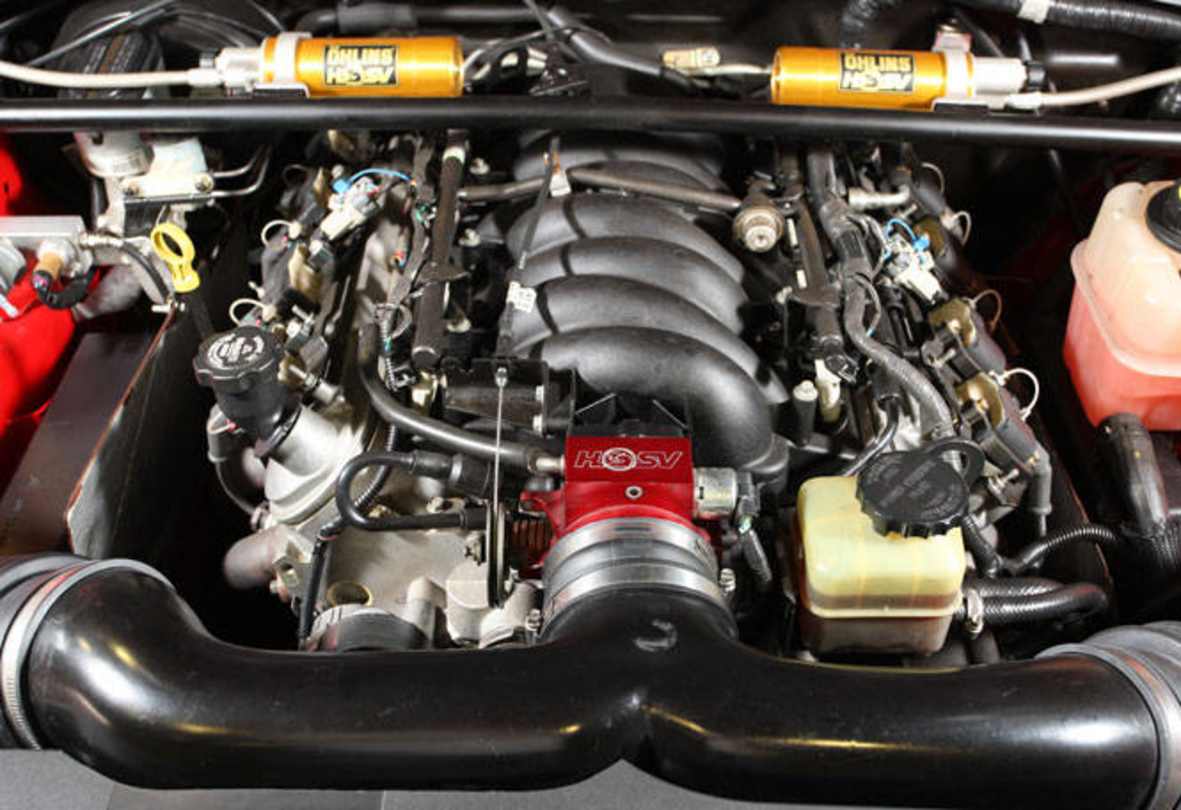
The LS engine has racked up a huge number of fans over the years, largely because it’s a no-hassle solution to V8 power.
It’s reliable, strong and amazingly tuneable, as well as making decent power and torque straight out of the box.
A large part of the attraction is that the LS family is strong. By using a Y-block design, the designers endowed the LS with six-bolt main bearings (four securing the bearing cap vertically and two horizontally through the side of the block) when most V8s had four or even just two-bolt bearing caps.
That gave the engine, even in aluminium form, incredible rigidity and was a great base from which to extract horsepower. An engine diagram showing the basic architecture soon shows why the LS bottom end is so robust.
The LS is also a relatively compact and lightweight package. In alloy form, the LS weighs less than some four-cylinder engines (less than 180 kg) and can be packaged to suit a range of installations.
It’s also a free-breathing engine design with cylinder heads that will support much more power than stock.
Early LSs had what became known as 'cathedral' ports for the tall intake ports that allow deep breathing. Even the large camshaft core size seems like it was made for tuners, and an LS can cope with a huge cam before it starts to stress the rest of the architecture.
.jpg)
LSs are also still reasonably easy to get hold of and cheap to buy. Wrecking yards were once full of crashed Commodore SSs and while that’s changed a little lately, finding a good, second-hand LS1 is a lot easier than chasing down a Holden 5.0-litre engine.
The LS is also cost-effective. Again, this has changed a bit post-Covid, but a used LS won’t break the bank relative to the alternatives.
Beyond wrecking yards, the classifieds are also a good place to find an LS engine for sale. Most commonly, it will be an early LS1 engine for sale, but later more exotic versions are out there, too.
A new crate engine is another option and, thanks to the huge global demand, prices are reasonable. Yes, an LSA crate engine will still rush you plenty, but that’s the upper end of things and there’s a huge range of options and engine specs along the way.
For a budget build, the best LS engine is the one you can get hold of for small change and many modifiers are happy with leaving second-hand engines just as they are, based on the unit’s huge strength and reliability.
Maintenance is straightforward, and while spark plugs need to be changed every 80,000km, the LS has a lifetime timing chain (rather than a rubber belt).
Some owners have pulled down LSs with 400,000km or even 500,000km on the odometer and found engines which are still serviceable with minimal internal wear.
The problems
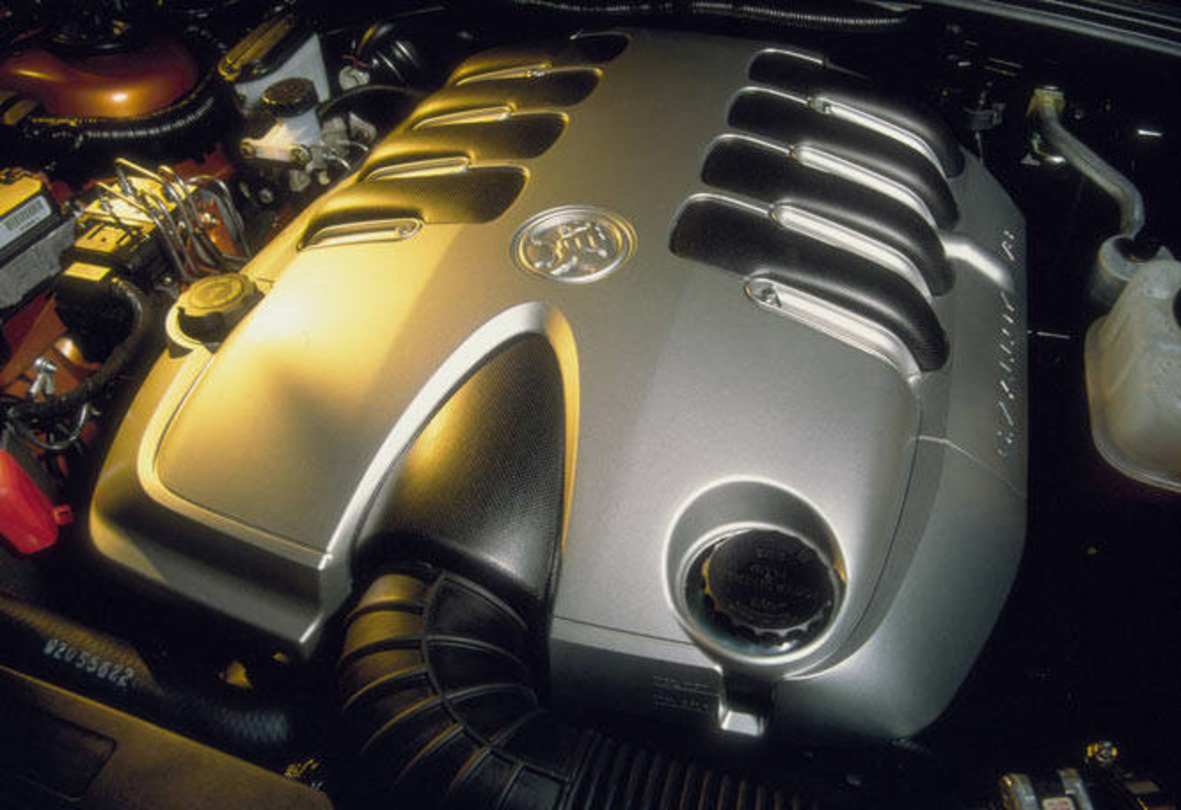
If the LS engine has an Achilles Heel, it would be the valvetrain which has been known to toast hydraulic lifters and hammer valve springs. Any sort of camshaft upgrade requires attention in this area and even the later versions still suffered from lifter failure.
Very early LS1s in some Holdens proved themselves to be oil-burners, but this was often traced back to poor assembly at the Mexican factory where they were built.
As quality improved, so did the end product. The big, flat, shallow sump also means the car needs to be on dead-level ground when checking the oil as the slightest angle will throw the reading way out and may have been the cause of some of the early angst.
Many owners have also fiddled with oil type to reduce oil consumption, and quality engine oil is a must for the LS.
Many owners have noted some piston-slap even in new engines and while this is annoying, it doesn’t seem to have any long-term effect on the engine or its lifespan.
In most cases, the piston-slap has disappeared by the second gear change of the day and doesn’t return until the next cold-start.
In some engines, piston-slap is a sign of impending doom. In the LS, as with many other alloy engines, it seems like it’s just part of the deal.
Modifying
.jpg)
Because it’s such a sturdy, tuneable platform, the LS engine has been a popular choice with tuners all over the world, right from day one.
That said, the first modification most Aussie owners of earlier LS1 V8s made was to remove the cheesy, plastic factory engine cover and use the standard cover brackets to mount a rather more fetching two-piece set of aftermarket covers.
That done, attention usually shifted to a more aggressive camshaft, some cylinder head work, cold-air intake, and a retune of the factory computer.
The LS also responds well to a good quality exhaust system, and some owners have seen quite big gains just by fitting a freer flowing exhaust. Sometimes, even a cat-back system will release quite a bit more potential.
Beyond that, just about everything that can be done to an engine has been done to the LS V8. Some modifiers even ditched the standard electronic fuel-injection and fitted their LSs with a high-rise manifold and a big carburettor for that retro look and feel.
.jpg)
In fact, once you’ve gone beyond the basic rebuild kit for an LS, the modifications are endless. We’ve seen plenty of LS V8s with twin-turbo and single-turbo set-ups (and the engine likes boost as evidenced by the LSA supercharged version).
The other trend around the world has been to fit the LS to everything from race cars to road cars of all shapes and sizes.
You can buy a set of engine mounts to adapt an LS to a huge range of makes and models and the low weight of the alloy LS means that even small cars have copped this treatment.
In Australia, companies like Tuff Mounts have off-the-shelf mounting kits for lots of LS conversions, too.
The sheer popularity of the engine means there’s not really any part you can’t buy for an LS V8, nor any use it hasn’t already been put to. And that means the aftermarket is huge and the knowledge base vast.
A two-valve, pushrod design the LS family may be, but in terms of the impact it’s had globally, there aren’t many (if any) other V8s around to match it.






.jpg)


.jpg)
.jpg)

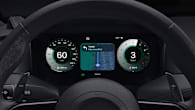
.jpg)





.jpg)